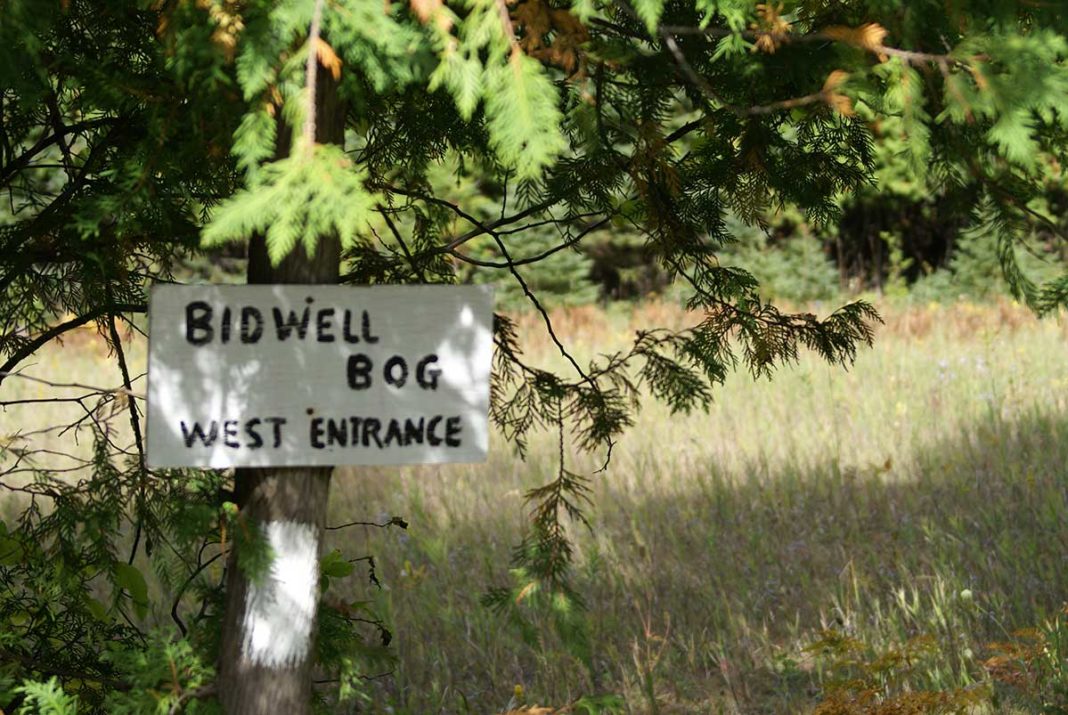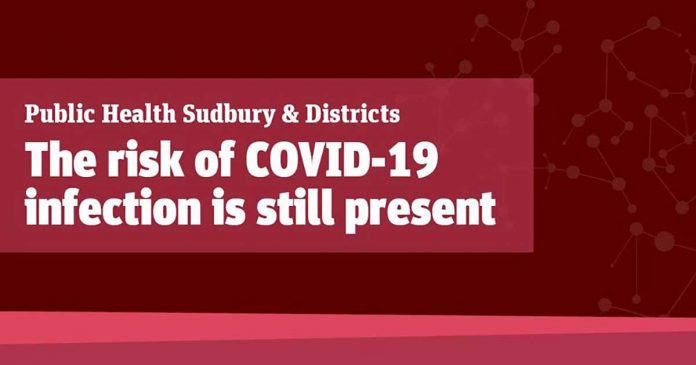Bogs’ peat moss a natural sink for carbon storage
LITTLE CURRENT – The 382 acre Bidwell bog nature preserve and hiking trail certainly doesn’t attract the attention of its nearby neighbour, the Cup and Saucer, but this unassuming piece of land is a star in its own right. The property is a diverse mix of forest, rare savannah landscape and peat bog. Escarpment Biosphere Conservancy (EBC), which owns the preserve, calls it a “rare ecological community at this latitude.”
The Bidwell bog contains rare plant species including swamp pink, rare cotton grasses and few-flowered sedge. Orchids can be seen in season. There’s another reason to celebrate the bog: peatlands are natural carbon stores, contributing to climate regulation and a healthy biodiversity.
While the Bidwell bog itself is not particularly large (likely a small southern remnant of Canada’s vast northern muskegs), the more than three million square kilometres of global peatlands represent almost three percent of the earth’s land surface and contain greater than 550 gigatonnes of carbon, which represents more than 42 percent of all soil carbon and exceeds the carbon stored in all other vegetation types, including forests. This occurs as large amounts of carbon are fixed from the atmosphere into plant tissues through the process of photosynthesis; the carbon is locked away in the peat soils.
Peat is made up of sphagnum and other mosses. These hold a large amount of water and contain compounds that inhibit decomposition. Peat builds up slowly over centuries and is mostly found in northern latitudes. Because it accumulates carbon over a long period of time, global peatlands contain more carbon than all of the world’s plants and trees.
Gardeners use peat to improve soil and in some parts of the world peatlands supply food and fibre but are often damaged by drainage, conversion to agricultural lands or through mining for fuel. Damaged peatlands release large amounts of carbon dioxide (CO2) back into the atmosphere.
Warming temperatures can dry out bogs, which can make them more susceptible to fires and also to more intense fires. The sphagnum moss in a healthy bog will hold a lot of water, which is why gardeners find it so useful. Typically, only the top few inches will burn in a healthy bog. A warming climate and longer drought events will dry the peat, allowing more oxygen to travel to the roots of trees and other plants. The trees then grow bigger, drawing more water from the peat. They also provide more shade allowing for increased growth of other mosses that are more combustible than sphagnum.
Peat fires have many causes, including lightning and human activity, and can smolder for weeks or months, releasing large amounts of carbon into the atmosphere. In July 2016, a peat fire in southern Ontario’s Wainfleet bog was exacerbated by an ongoing dry spell. The fire burned for three weeks and generated air quality warnings for nearby residents; a fire in 2012 caused by lightning also burned and smoldered for several weeks.
Judith Jones of Winter Spider Eco-Consulting said she has heard of fires smouldering for a long time in peatlands but there is always water underneath, causing the fire to eventually burn out. She noted that the Bidwell bog is surrounded by a moat and any peat fire would be unlikely to spread into the surrounding forest.
The good news is that research has demonstrated that wetting peatland reduces fire risk. Peatlands have been restored post-fire over time, but recovery is not guaranteed, particularly in a warming climate and the hot, dry conditions that favoured the Wainfleet fires are likely to continue to worsen under climate change.
The Bidwell bog can be accessed off Highway 540, roughly 800 metres north of Bidwell Road, or at the Bidwell Road trail entry, about 500 metres from Highway 540 intersection.






